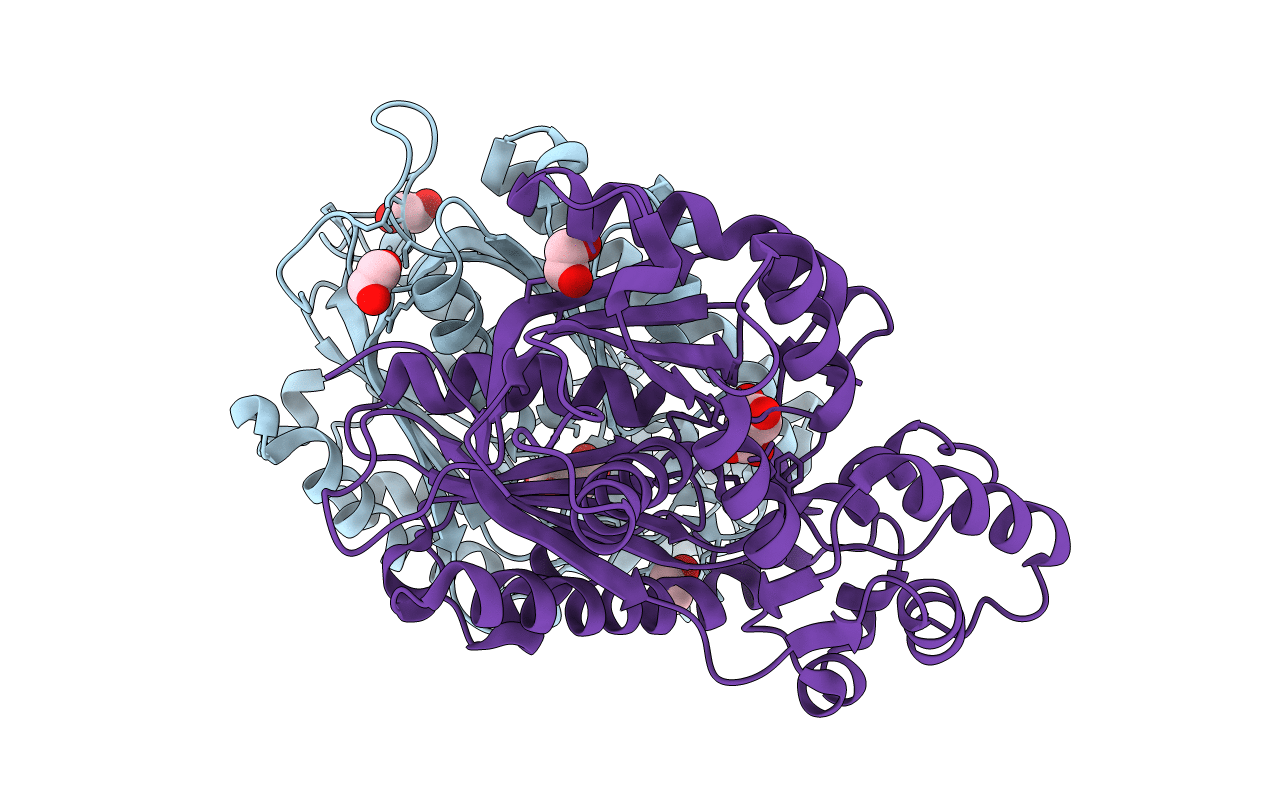
Deposition Date
2018-12-28
Release Date
2019-09-11
Last Version Date
2025-09-17
Entry Detail
PDB ID:
6J1M
Keywords:
Title:
Anisodus acutangulus type III polyketide sythase AaPKS2 in complex with 4-carboxy-3-oxobutanoyl covalent to C166
Biological Source:
Source Organism:
Anisodus acutangulus (Taxon ID: 402998)
Host Organism:
Method Details:
Experimental Method:
Resolution:
2.00 Å
R-Value Free:
0.19
R-Value Work:
0.18
R-Value Observed:
0.18
Space Group:
P 32 2 1


